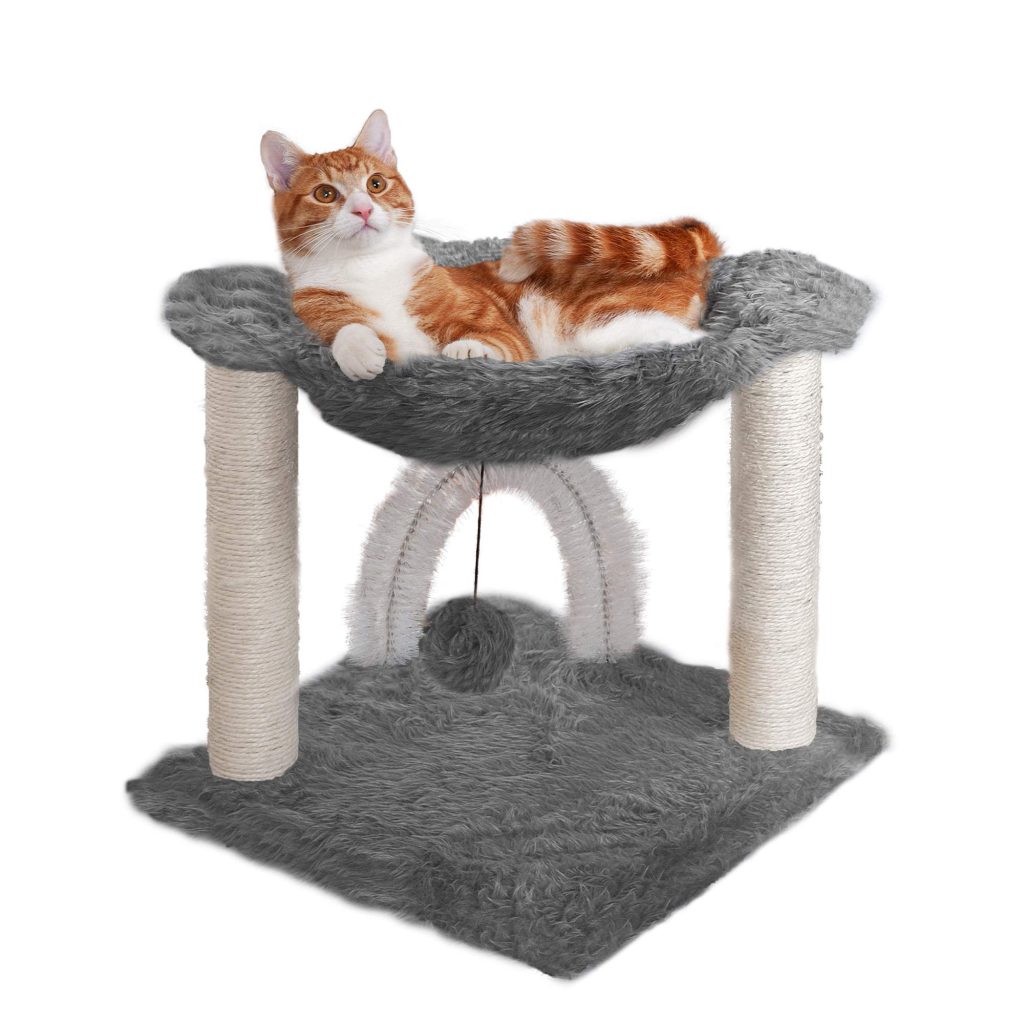
Cat bites can be painful and potentially dangerous, both for humans and for our feline friends. Understanding and preventing aggressive behavior in cats is important for maintaining a healthy and harmonious cat-owner relationship. In this article, we will explore various aspects of feline behavior and communication, effective training techniques, and the impact of aggressive behavior on the bond between cats and their owners.
Understanding Feline Behavior and Communication
Before diving into preventing cat bites, it is essential to understand the underlying causes of aggressive behavior in cats. Cats communicate primarily through body language, vocalizations, and scent markings. By recognizing the signs of aggression, cat owners can intervene early and prevent potential bites.
Some common signs of aggression in cats include:
- Direct staring
- Tail twitching or lashing
- Ears pinned back
- Hissing or growling
- Arched back
If you notice any of these signs, it’s important to give your cat space and avoid triggering further aggression.
Reducing Aggressive Behavior through Training
Training is a powerful tool in preventing cat bites and modifying aggressive behavior. By using positive reinforcement techniques, such as treats and praise, you can shape your cat’s behavior towards more desirable actions.
Here are some training techniques to consider:
- Socialization: Early socialization is key to preventing aggression in cats. Exposing them to various people, animals, and environments while they are young helps them develop positive associations.
- Reward-based training: Reward your cat’s desirable behaviors with treats and praise. This positive reinforcement encourages them to repeat those actions while creating a trusting and cooperative atmosphere.
- Redirecting energy: Engage your cat in interactive play with toys that mimic prey. This helps them release excess energy and redirects their natural hunting instincts away from aggressive behavior towards appropriate play.
- Clicker training: Clicker training is a method that uses a clicker device to mark desired behaviors, followed by a reward. This technique helps cats understand what behaviors are expected of them.
The Impact on the Cat-Owner Relationship
Aggressive behavior in cats can strain the bond between cat owners and their feline companions. It is important to address and manage this behavior effectively to rebuild trust and maintain a positive relationship.
Here are some tips for enhancing the cat-owner relationship:
- Patience and understanding: Acknowledge that aggressive behavior in cats is often rooted in fear, stress, or a lack of proper socialization. By being patient and understanding, you can help your cat feel more secure and reduce their aggressive tendencies.
- Consistency: Establish consistent routines and boundaries to provide your cat with a sense of predictability and security.
- Safe spaces: Create dedicated safe spaces where your cat can retreat to when they feel anxious or overwhelmed. These areas should be equipped with cozy bedding, toys, and scratching posts.
- Avoid punishment: Punishment can escalate aggression in cats and damage trust. Focus on positive reinforcement and redirecting unwanted behaviors instead.
Remember, it takes time and effort to address aggressive behavior in cats effectively. Be patient with your furry friend, and consult with a veterinarian or a professional animal behaviorist if needed.
In conclusion, preventing cat bites requires a deeper understanding of feline behavior and effective training techniques. By recognizing signs of aggression, using positive reinforcement training, and nurturing the bond between cat and owner, we can create a safe and harmonious home environment for cats and their human companions.







